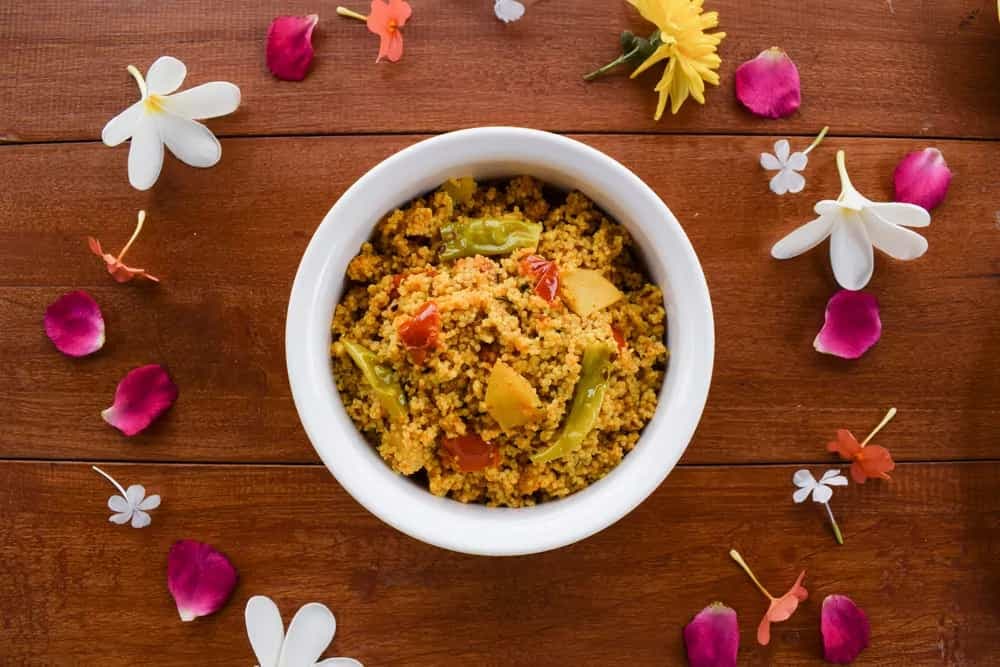India is one of the largest producers and consumers of rice. The grain is very integral to Indian culture, and many religious occasions are deemed incomplete without rice, but to think rice is all that India has to offer would be a gross misappropriation. India also has a bevy of millets, pseudo-grains and cereals that are not only great substitutes for rice, but carry a fan following of their own. One such millet is the Foxtail millet, also known as Kauni/Kangni and various other local names. The millet has a special significance in the hills of Uttarakhand, where it is used to make a yummy pulao. That’s right, it is a pulao without rice. Let that sink in.
For the uninitiated, Pulao or Pilaf is a popular rice dish of the Indian subcontinent, that is said to have Turkish or middle-eastern origins. In India, Pulao has been reimagined in several ways, and this Kaoni Pulao is a Pahadi gem you must try.

The rain-fed crop is grown in high ranges of Himalayas and that is how they found their way to remote villages and districts of Uttarakhand. Upon boiling, they acquire a distinct flavour that is part earthy. The aromatic preparation is also cooked with many vegetables, local spices and herbs, such as cauliflower, carrots, peas and fiddlehead fern. The millet has many health benefits too, it is high in fibre and vitamin B12, gluten-free, helps keep you full and satiated for a long time, hence aiding weight loss. It is also known to be good for heart and immunity. Besides that, it also does wonders for smooth functioning of nervous system, diabetes management, reducing cholesterol and more.
This nutritious and flavourful pulao can be paired with dals, sabzis for a wholesome meal for one. Note, they tend to clump up, once boiled, giving you an illusion that they are low in quantity. Do not go overboard with the pulao, as it can then, end up doing more harm than good.


